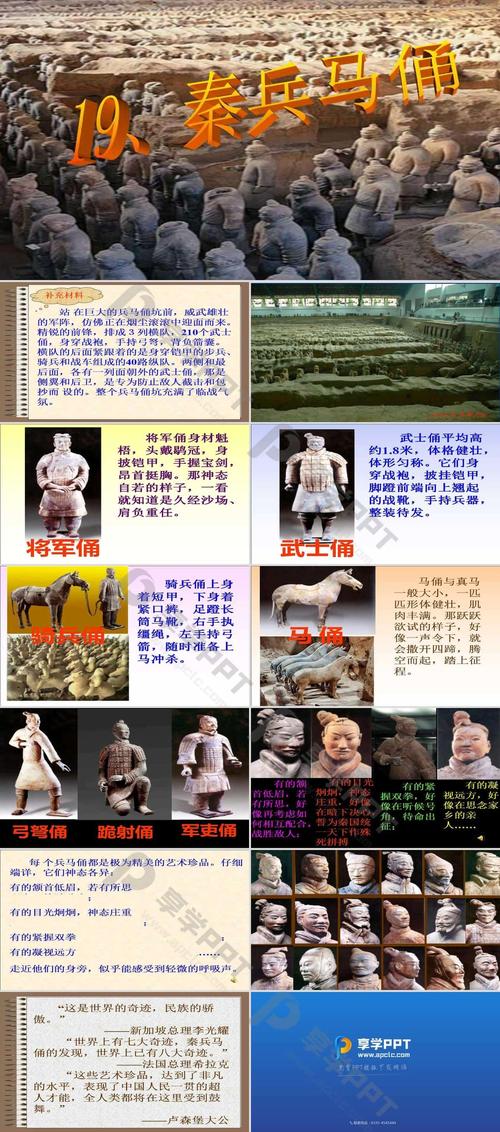
Why is the Terracotta Army So Famous?
The Terracotta Army, a collection of thousands of life-sized terracotta sculptures depicting the armies of Qin Shi Huang, the first Emperor of China, is renowned worldwide for several compelling reasons.
Unique Individuality and Artistic Mastery
One of the most captivating aspects of the Terracotta Army is the astonishing level of detail and individuality present in each figure. Every soldier is unique, sculpted with distinct facial features, hairstyles, and expressions that convey a sense of personality and life.
- Facial Features: The warriors' faces are not generic molds. They showcase a remarkable variety of individual characteristics. Variations in eyes, noses, mouths, and even wrinkles provide each face with a unique personality.
- Hairstyles and Headwear: The warriors exhibit different hairstyles, some with long braids, others with topknots, reflecting the diverse ethnicities within the Qin army. The helmets, varying in shape and decoration, denote rank and role.
- Expressions: Perhaps the most striking feature is the range of expressions captured in the terracotta faces. From stoic determination to quiet contemplation, each warrior seems to embody a unique emotional state, adding to the realism and humanity of the army.
This attention to detail transforms the Terracotta Army from a simple collection of statues into an evocative portrait of Qin Dynasty military life.
Window into Ancient China
Beyond their artistic merit, the Terracotta Army figures are invaluable historical artifacts, offering incredible insight into ancient Chinese civilization, specifically the Qin Dynasty.
- Military Organization: The arrangement of the warriors, their weaponry, and the presence of chariots and cavalry provide vital clues about the military structure and strategies of the Qin army. It showcases their highly organized ranks, different divisions, and the use of combined arms warfare.
- Weaponry and Armor: The weapons buried with the Terracotta Army, including bronze swords, crossbows, and spears, are crafted with remarkable skill and offer a glimpse into the advanced weaponry of the time. The armor variations, such as the lamellar armor worn by infantrymen, provide insight into the protective gear and metallurgical techniques of the era.
- Qin Shi Huang's Reign: The sheer scale and magnificence of the Terracotta Army project speak volumes about the ambition, power, and resources commanded by Qin Shi Huang. The meticulous craftsmanship underscores his desire to maintain a powerful army even in the afterlife.
Enduring Legacy
The Terracotta Army's enduring fame is a testament to its historical significance, artistic brilliance, and the enduring fascination with ancient Chinese civilization. It serves as a reminder of the power of human creativity and the ability of art to transcend time, offering us an intimate glimpse into a bygone era.
Q&A
1. When was the Terracotta Army discovered?
The Terracotta Army was discovered in 1974 by farmers digging a well in Shaanxi province, China.
2. How many warriors are in the Terracotta Army?
It is estimated that the Terracotta Army contains over 8,000 soldiers, 130 chariots with 520 horses, and 150 cavalry horses.
3. Why was the Terracotta Army created?
The Terracotta Army was created to accompany Qin Shi Huang, China's first emperor, in the afterlife and protect him in his eternal reign.